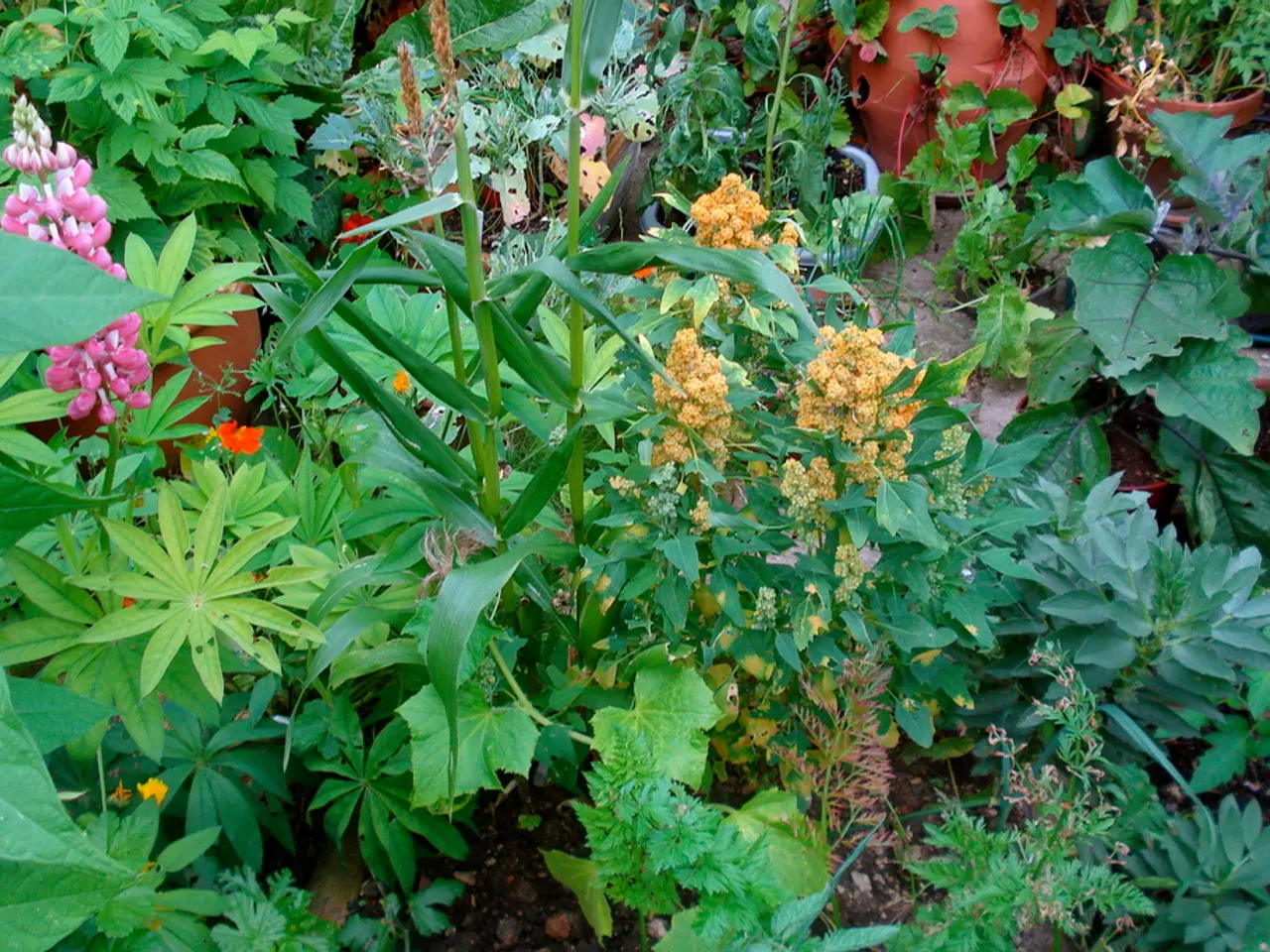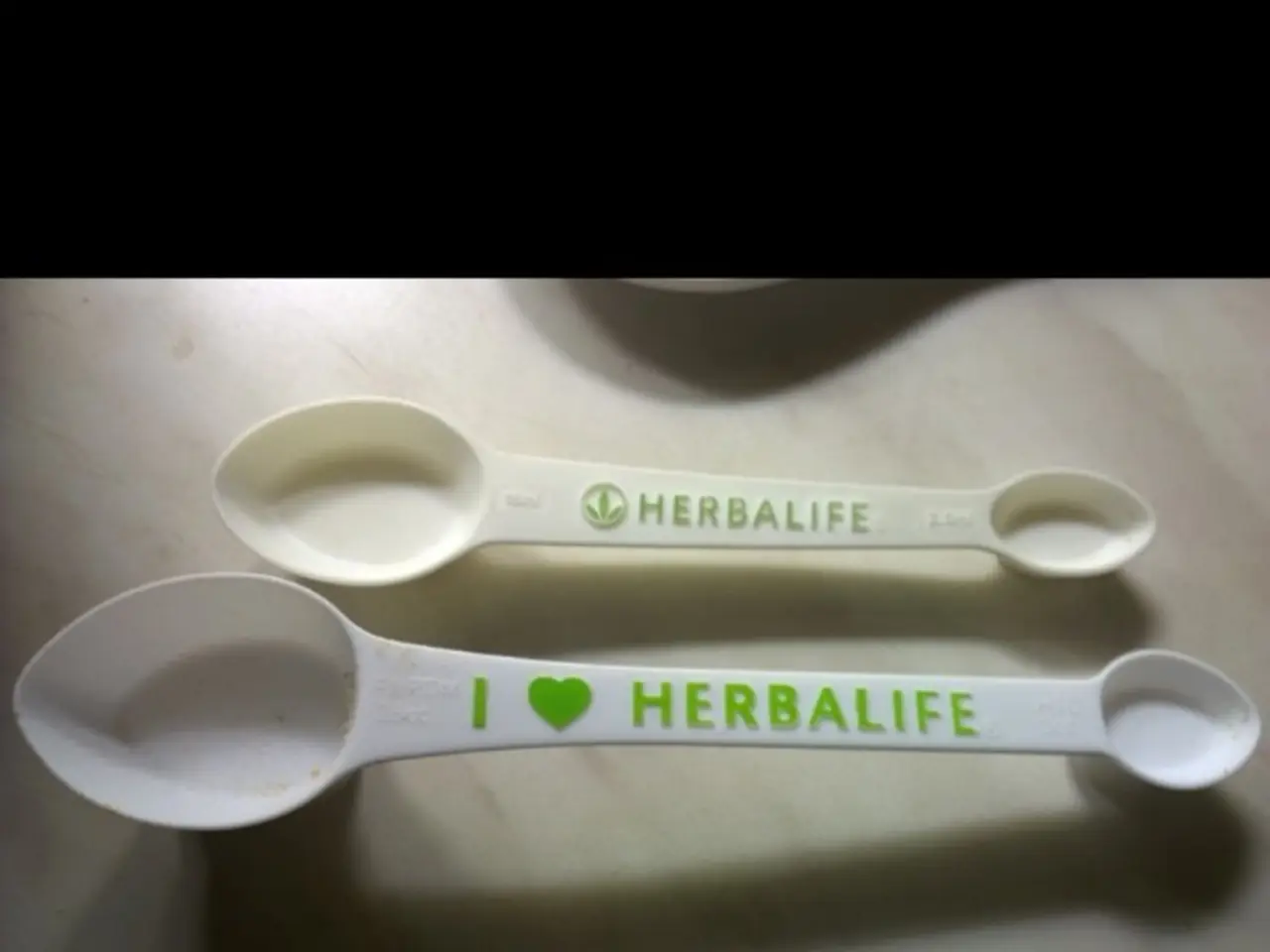Strategies and Concepts for Prosperous Greenhouse Cultivation
In the world of greenhouse gardening, space is a valuable commodity. A well-planned layout can make all the difference between a thriving garden and a struggling one. That's where garden planner tools come in, helping both beginners and experienced gardeners optimise their greenhouse success.
A garden planner tool is a digital application or software designed specifically for greenhouse gardening. It assists users in designing and organising the layout of their greenhouse, taking into account important factors such as plant spacing, companion planting, planting schedules, and environmental conditions.
One of the key features of these tools is the visual grid layout they provide. This can be in the form of square foot gardening grids, helping users to accurately space plants for optimal growth. Additionally, these tools offer companion and combative plant information, ensuring that plants are grouped beneficially or separated when necessary.
The tools also include planting calendars or schedules, advising when to start seeds or transplant based on frost dates and growing zones. Users can customise their plans by adding specific plants and varieties to fit their preferences and local conditions. Some advanced tools even integrate environmental factors such as soil type, sun exposure, and shade to tailor planting plans that maximise plant health and yield.
By using a garden planner tool, users can make the most of their greenhouse space, reducing plant conflict and maximising yields within the limited space. The tools also help in visualising the layout before planting, making the decision-making process easier.
Moreover, advanced tools use AI and expert input to generate ecologically sound, customised planting plans that can evolve into multi-layer planting schemes involving shrubs and trees for both outdoor and greenhouse environments. Other related software supports inventory and production planning, which is more common in plant nursery or commercial greenhouse operations.
Greenhouse gardening can extend the growing season, with the length of extension depending on the type of greenhouse. Containers can be used in addition to soil growing in a greenhouse, and hanging baskets can be used for cherry tomatoes, strawberries, figs, and lemons.
Hydroponic techniques such as vertical tower gardens, Kratky method buckets, and NFT systems can also be used in a greenhouse. Peppers are an ideal plant to grow using aeroponics, which can speed up their growth process by around 30% compared to traditional soil-based growing methods. Cucumbers thrive in Kratky method hydroponics.
Tropical plants like figs and lemons love the greenhouse in the summer but need to be brought into a frost-free or cool space in winter. Succession planting is a good idea to make the most of a greenhouse's space and growing season. Cold-hardy peas can be grown as early as March in a greenhouse, even in zone 3.
Hydroponic gardening can help alleviate the thirsty nature of cucumber plants. Vertical growing of tomato plants to a single stem makes it easier to manage and requires very little space. The greenhouse layout can be planned on a paper map, using a measuring tape to determine the length and width of each bed.
In conclusion, a garden planner tool streamlines decision-making and garden design by combining plant biology knowledge, seasonal timing, and spatial organisation into a user-friendly format. Whether you're a beginner or an experienced gardener, a garden planner tool can be a valuable asset in your greenhouse gardening journey.
- The garden planner tool's visual grid layout is essential for accurate plant spacing, aiding in optimal growth in a greenhouse environment.
- Advanced garden planner tools integrate environmental factors such as soil type, sun exposure, and shade to create personalized planting plans.
- Hydroponic techniques like vertical tower gardens, Kratky method buckets, and NFT systems can be effectively utilized in a greenhouse for space-saving plant growth.
- In a cold climate, cold-hardy peas can be cultivated in a greenhouse as early as March, making the most of the limited growing season.
- By adopting hydroponic gardening methods, water-thirsty cucumber plants can be sustained in a greenhouse.
- Tomato plants can be effectively managed in a vertical growing setup within a greenhouse, saving valuable space.




